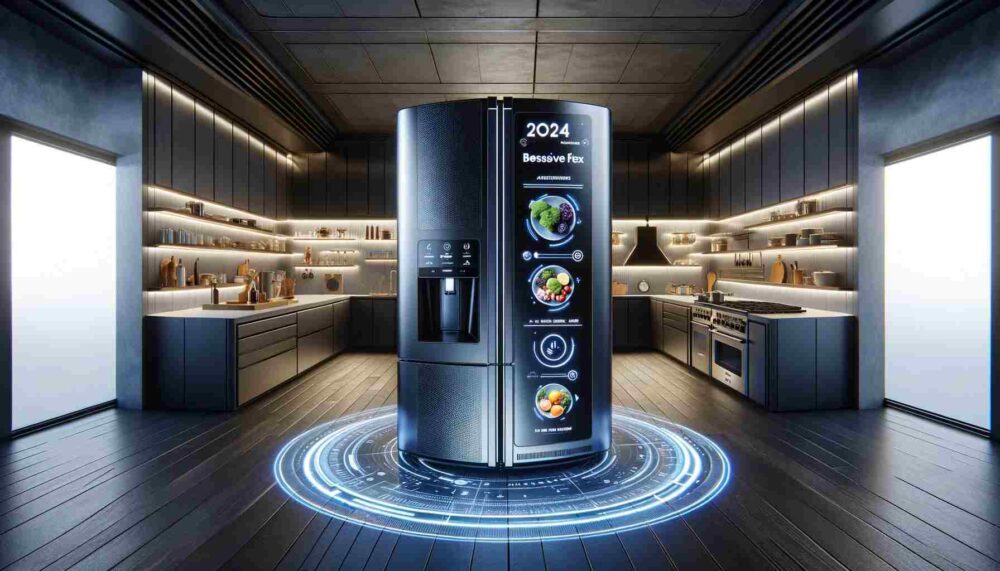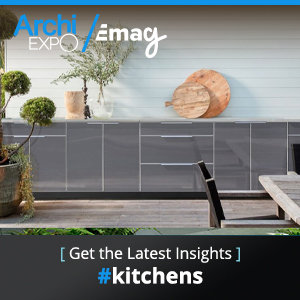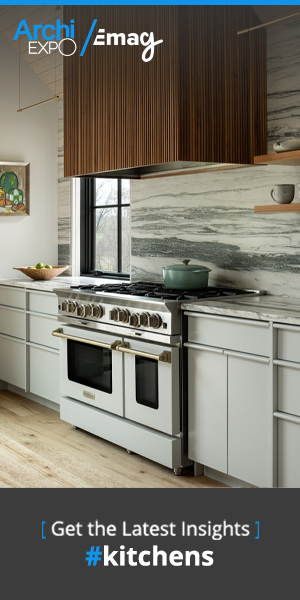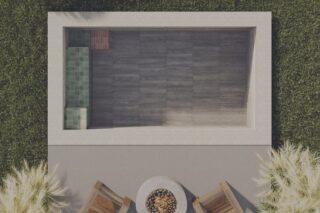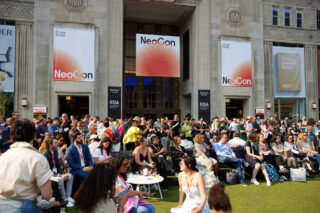Joyce Elizabeth Huston, co-founder and lead interior designer at Decorilla Online Interior Design, an online marketplace that connects interior designers and clients, talked to us about materials, technology, and AI in kitchens.
Kitchen interior design has long included technology and AI, both in appliances and ambiance. Ten years ago, while at Decorilla, Joyce Huston handled her first project for a client who requested the implementation of technology and AI into the kitchen. Since then, she has received frequent requests for this type, and Decorilla now often recommends it to clients.
When it comes to kitchen appliances with AI features, Huston mentions the induction oven Bespoke 6.3 cu. ft. Smart Slide-In Electric Range with Precision Knobs in Stainless Steel. Among its smart features are searching for recipes, planning meals, and pre-heating through the SmartThings app on one’s phone or the user’s favorite voice assistant. Also, the app can recommend personalized recipes and create weekly meal plans based on the user’s preferences. In parallel, the SmartThings Energy app allows for the monitoring and managing of the range’s power usage. The oven is accompanied by a smart hob, whose benefits are revealed once users become familiar with how quickly the induction hobs heat up. Also, there is an extensive selection of compatible cookware for use with induction cooktops.
Smarter kitchens, for many clients, are believed capable of supporting sustainability and mindful consumption. For this reason, architects and designers must treat the demand for more technological kitchen appliances with longevity in mind.
Customizable Tech-infused Designs for Longevity
Constant technological advances can make a product prematurely obsolete, so it’s best to select products that can be easily updated through software upgrades. To exemplify this, Huston pointed to the Samsung Bespoke 4-Door Flex™ Refrigerator. However, the large screen panel on its exterior raises another concern: the aesthetics associated with this technology.
“Even if the functions are great, viewing the panel in front of you will likely tire you out. When these products are customizable, it allows customers to switch off the panel when they are not using it, for example,” she said.
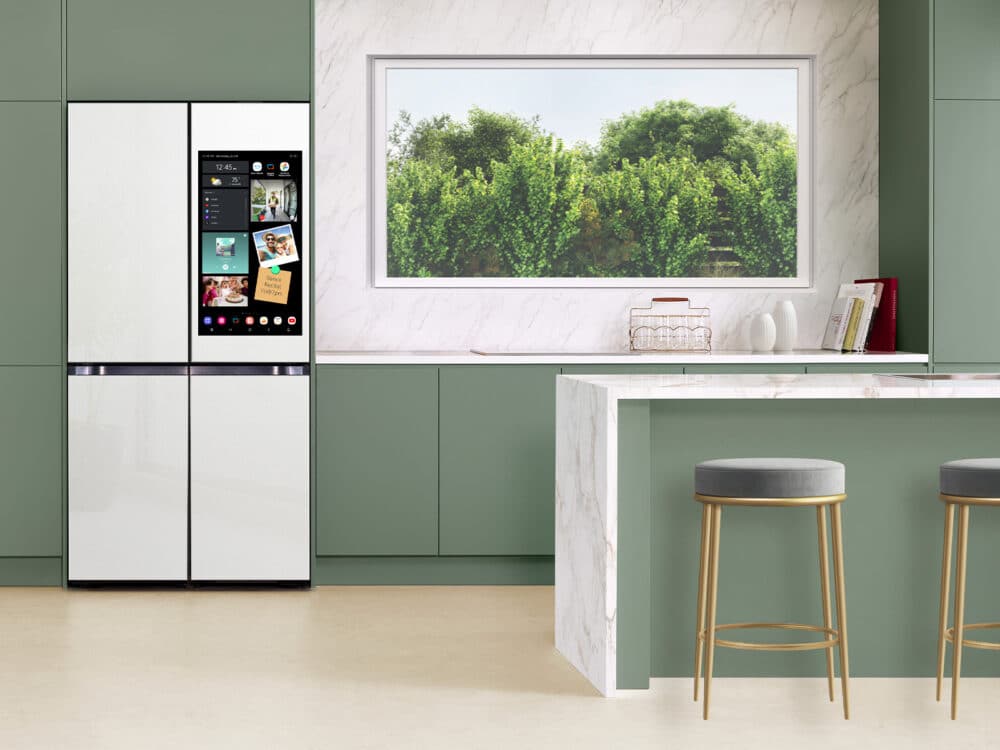
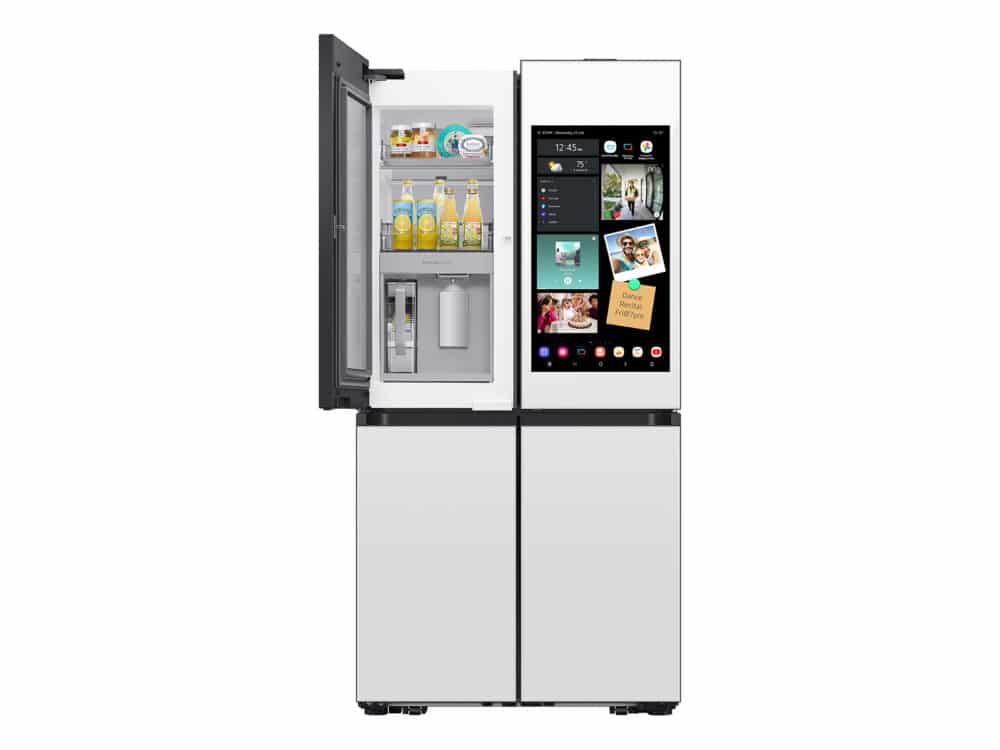
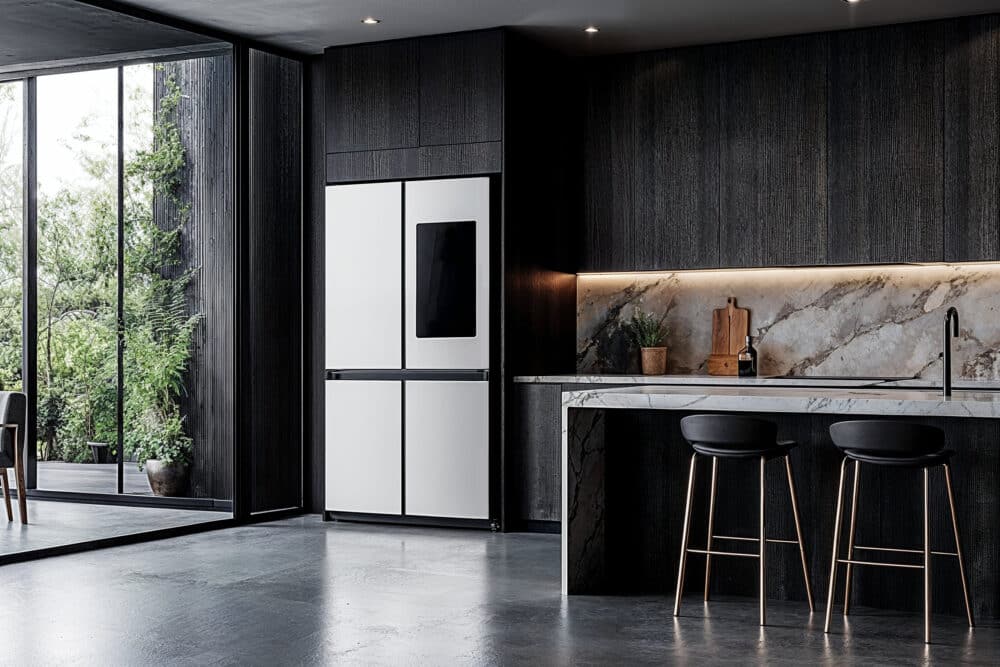
Clients also request their new kitchens be integrated with the AI features they already have in their homes, like Google Home or Alexa Smart Home.
“I had a couple of projects in New York where the client wanted everything interconnected, so we worked alongside a tech professional who went on-site and put everything in the same system. Lights, everything. The windows automatically open at 8 am. You walk into the kitchen and it lights up because of the motion sensors and so on.”
The Importance of Smart Lighting
Integration technologies have opened up many possibilities for interior designers regarding lighting, and this also applies to kitchens. Technology allows us to better customize ambient lighting in the sense of setting the right color and temperature for each occasion, as Huston explained.
Advances in technology allow interior designers to use more lighting in more places with fewer complications. Configurations that previously required ten switches on a wall, for example, are no longer necessary. Users can now set up everything from their phones or tablets.
“The result is more complex lighting structures with recessed lighting, up-ending, and LED strips integrated into multiple locations: under the cabinets—a pre-standard I would recommend to everyone—, in shelves, or in cabinet doors to highlight the texture of the door or the top.”
Here is an example of a recent kitchen project by Decorilla that shows the importance of smart lighting.
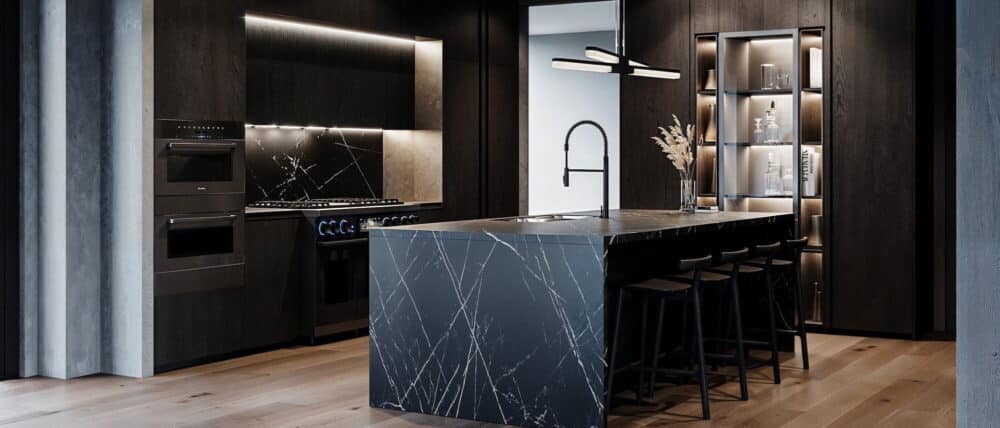
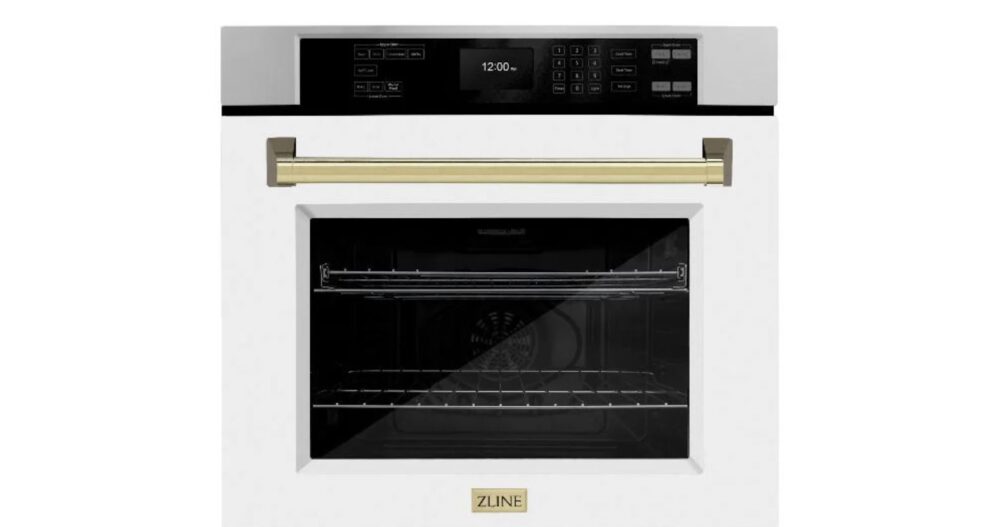
Fine-tuning the “Comeback” of Brass
Brass has long held a timeless appeal in kitchen design, prompting the question: did it ever truly go out of style? While articles have heralded its “comeback” as far back as the early 2010s, brass’s popularity has remained steady, evolving with design trends. By 2022, it was a favorite choice for kitchen cabinet handles paired with dark color palettes, serving as a luxurious statement feature. Beyond handles, brass continues to shine in feature taps and sinks, often mixed with other metals for a bold, modern aesthetic.
Looking ahead to 2025, Joyce’s kitchen trend radar points to brass. According to her, this comeback has been happening for a while, but the fine-tuning is taking place now only.
“You can see less of a gold brass overload and more of brass being seen as a beautiful detail. The trend was toned down, and the gold brass we see today is the mixable brushed rather than the old, overload polished one. And you can mix different metals,” she explained.
Kitchen appliances manufacturers have followed suit in this trend and are offering gold knobs and pulls in their products. Miele’s items with brass pulls exemplify this, which Joyce used in their black or white versions for a project in New York two years ago. Although the company launched its signature handles in 2015, they remain relevant and perfect fits for current and upcoming projects.
“It was perfect; they fit perfectly, in a seamless way,” she said, expressing how the use of brass in kitchens exceeds antiquity with a modern approach combining contemporary and traditional looks.
“These brass details do have clean lines, but they don’t look at all bland and sterile. And yet, that cohesive, clean kind of look remains timeless and is easy on the eyes,” Joyce explained.
She believes that the most trend-savvy people will soon be adopting brass use in scalloped edges in kitchens as well.
